By Igor Ryjenkov MW
Mosel and Rheingau, rightly or wrongly, often take the lion’s share of the limelight when it comes to German wine. But overlooking the other regions comes at your own peril as a savvy wine consumer. Let’s take Pfalz, our topic today, a region with one of the warmer climates in the country, offering a broad range of wines thanks to that, as well as the culture of good food and living well.
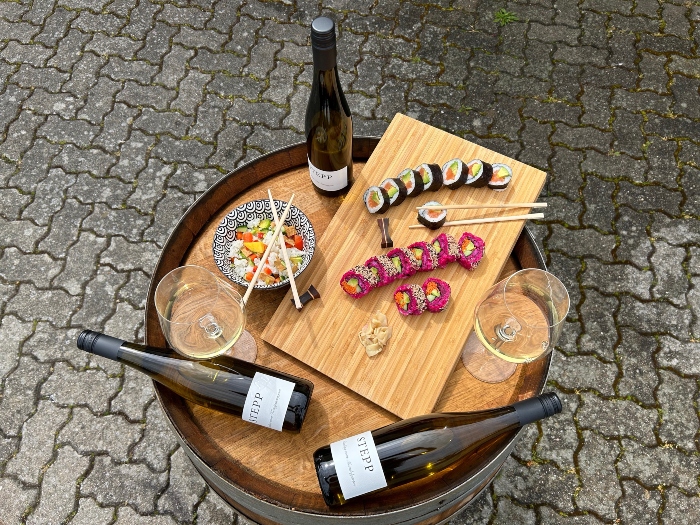
With over 23,000 ha under vine, Pfalz is the second largest wine-growing region of the 13 in Germany, exceeded only by its northern neighbour, Rheinhessen. It runs for about 85 kilometres from the border with Alsace in France, to the town of Worms in the north, roughly following the Rhein River but not straddling it. Instead, it is nestled in the plains and rolling hills between the river in the east and sheltered by the forests of the Haardt Mountains, the continuation of the Alsace’s Vosges Range, in the west.
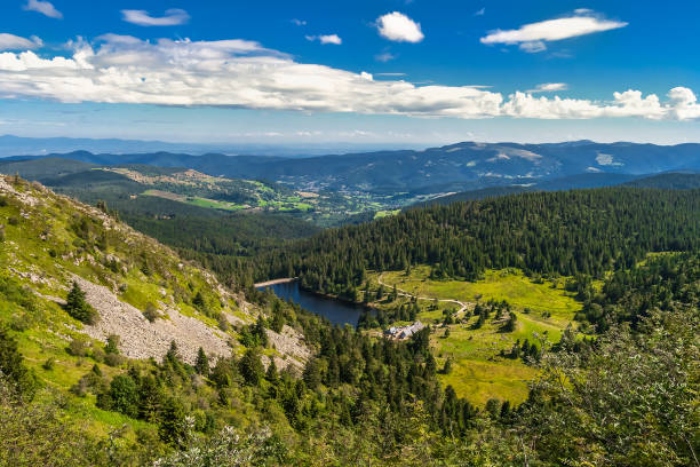
The region’s milder climate and the less dramatic topography than Mosel or parts of Rheingau allow for greater range of planting, quality, volume and style options. Its wine output is roughly a third red, making it the largest red-producing region in Germany, with red grapes Dornfelder and Spatburgunder as 2nd (12%) and 5th (7%) in the planted area stats. Riesling, while still very important at the top with a 24% share, is not as dominant as in some other regions. Pinot Gris, Blanc, Silvaner, Kerner, Muller-Thurgau and the aromatic Morio-Muscat, Gewürztraminer and Scheurebe, among others, make up the region’s palette.
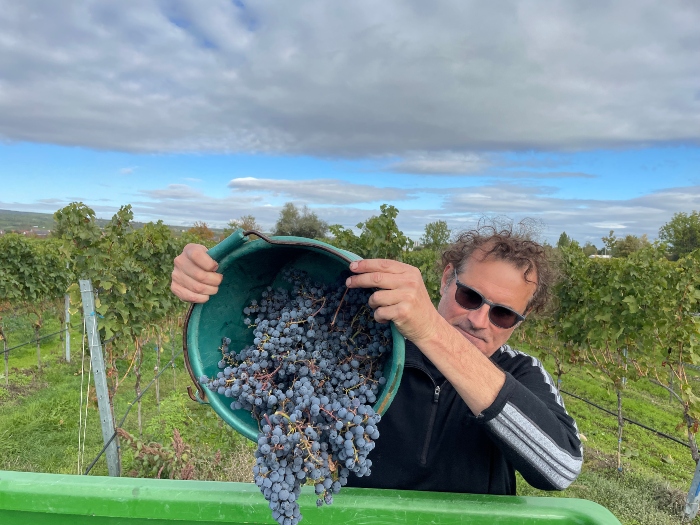
While the large tracts of vineyards are dedicated to supplying the volumes of Liebfraumilch, or value supermarket offerings – apparently, every third bottle of wine sold domestically comes from Pfalz – the top sites worked by quality-driven estates are producing some of the best wines in the country, both dry and off-dry. The most representative regional styles of wines tend to be fuller than in areas in the north, with higher must sugar requirements here to qualify for Kabinett, Spatlese, etc. levels than further down the river.
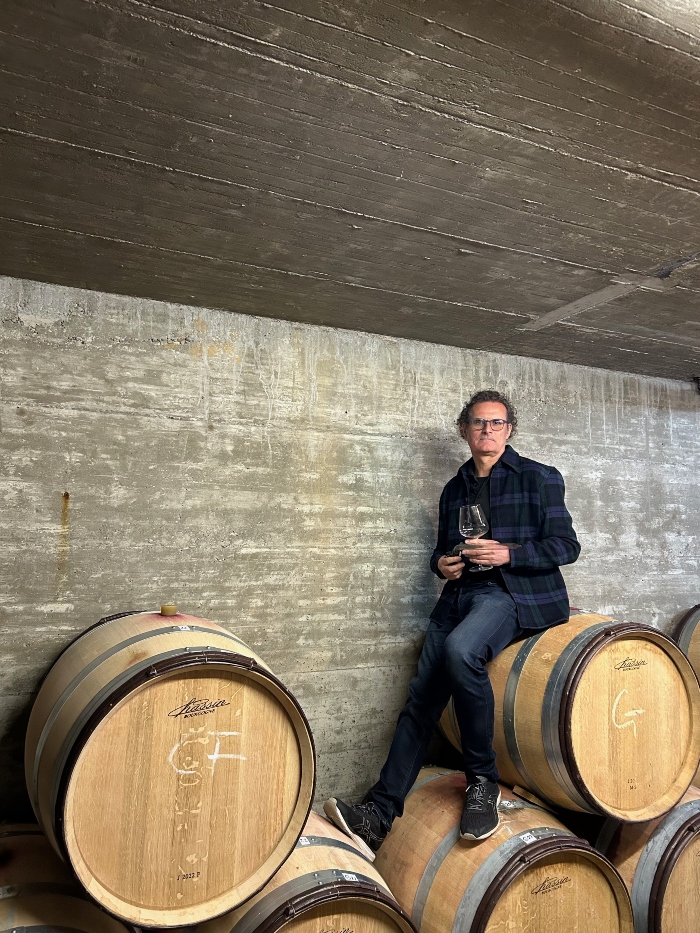
Among other things, the region is known for the world’s largest wine festival in the town of Bad Durkheim, and the first and the best-known wine route in Germany, Deutsche Weinstrasse. The people here know how to have a good time sharing the local affinity to fine cuisine with its neighbour to the south, Alsace, and wine festivals moving from town to town from mid-spring, when the almond trees bloom, until late November. As much as a third of the wine production is sold directly to consumers, in a significant part thanks to the festivals and winery shops along the wine route. If it sounds like a visit to the region might be fun in the middle of the growing season, it is because it indeed would be – good food, lovely weather, local hospitality and a broad range of delicious, full-some wines. But if the trip here is not quite in the cards, enjoying Pfalz through its wines at home is the next best thing. However you do it, it is certainly worth getting to know Pfalz.
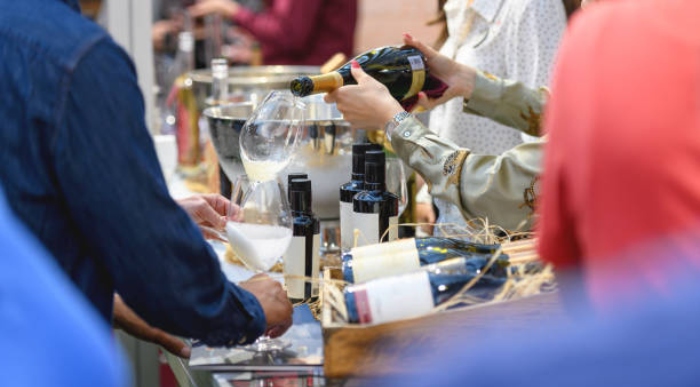

Igor Ryjenkov MW was the first in Canada to earn the prestigious Master of Wine credential in 2003. He is one of Opimian’s Masters of Wine.

